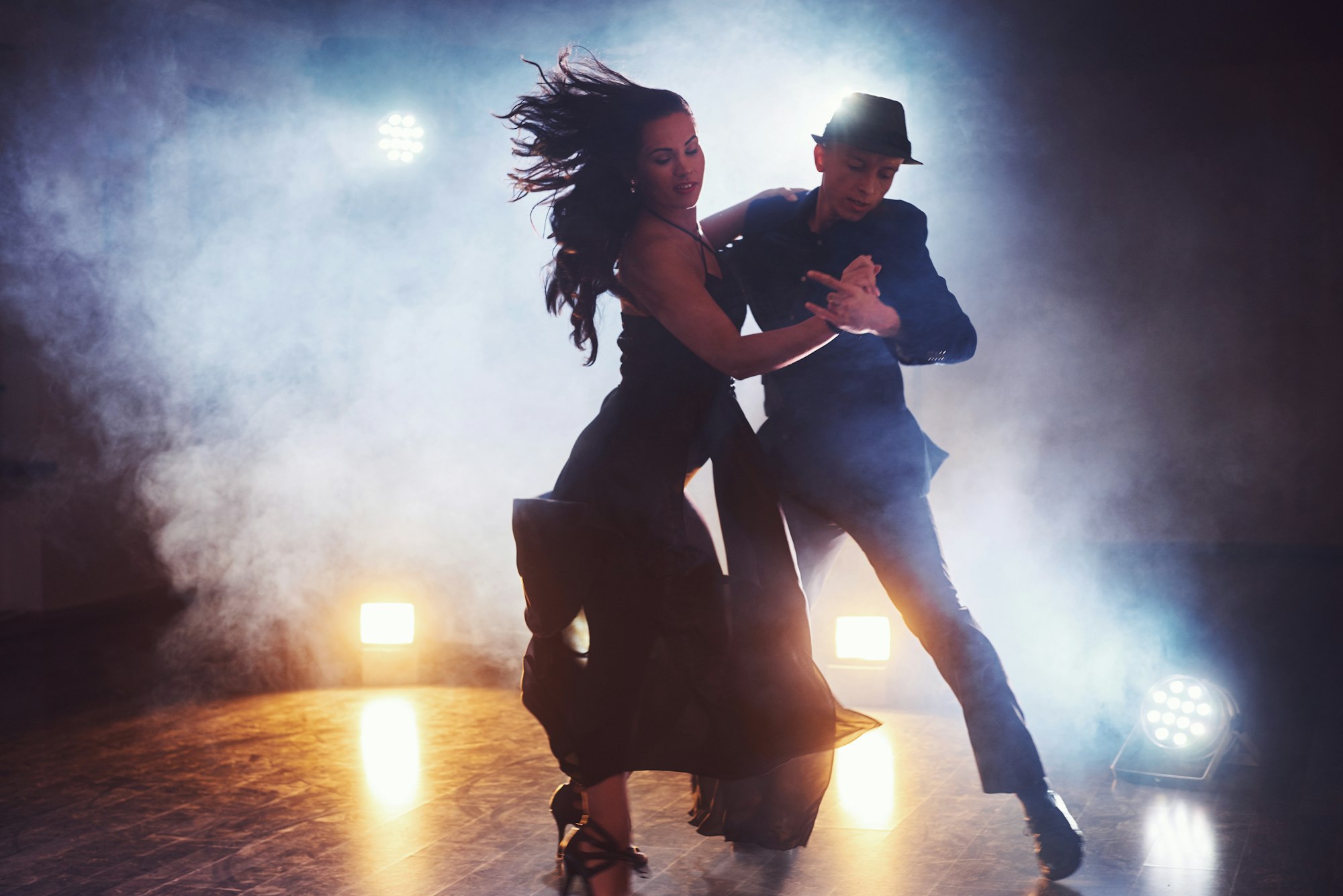When we think of communication, we often focus on spoken words. But in the world of Latin dance, particularly salsa, an entire conversation can unfold without a single word being uttered. Let’s dive into the fascinating non-verbal language of salsa dancing.
The Handshake of Salsa: The Connection Just as a handshake initiates a business meeting, the initial connection between salsa partners sets the tone for the entire dance. This connection, maintained through the hands, arms, and frame, is the primary channel through which leaders transmit their intentions and followers respond.
The Vocabulary: Steps and Turns Basic steps and turns form the vocabulary of this silent language. Like words in a sentence, these moves can be strung together in countless combinations to express different ideas and emotions.
The Grammar: Timing and Rhythm The 8-count rhythm of salsa provides the grammatical structure. Staying on beat is like using correct punctuation – it ensures your dance “sentences” make sense.
Accents and Dialects: Style Variations Just as spoken languages have regional accents, salsa has style variations. New York style, Cuban style, Colombian style – each adds its own flavor to the basic language of salsa.
Body Language: The Unspoken Emotion The way dancers hold themselves, their facial expressions, and the energy they project all contribute to the emotional content of the dance. A smile, a raised eyebrow, or a playful shimmy can add layers of meaning to the conversation.
Listening with Your Body In salsa, “listening” is done with the entire body. Followers must be attuned to subtle leads, while leaders must remain aware of their partner’s responses. This requires a level of focus and presence that can feel almost meditative.
The Art of Improvisation Like a witty comeback in conversation, spontaneous combinations in salsa showcase a dancer’s fluency. The ability to adapt to your partner, the music, and the space around you is the mark of a truly skilled dancer.
Cross-Cultural Communication One of the most beautiful aspects of salsa is its ability to transcend language barriers. Two people who don’t speak the same verbal language can have a rich, nuanced “conversation” on the dance floor.
Learning the Language Like any language, becoming fluent in salsa takes time and practice. But the journey is incredibly rewarding, opening up a new way of connecting with others and expressing yourself.
The next time you watch salsa dancers or step onto the floor yourself, remember – you’re not just seeing a dance, you’re witnessing a complex, beautiful form of non-verbal communication. In the language of salsa, every movement tells a story, every turn is a question or answer, and every dance is a unique conversation between two people, the music, and the moment.
So, ready to become multilingual in the most fun way possible? It’s time to let your body do the talking on the salsa floor!


